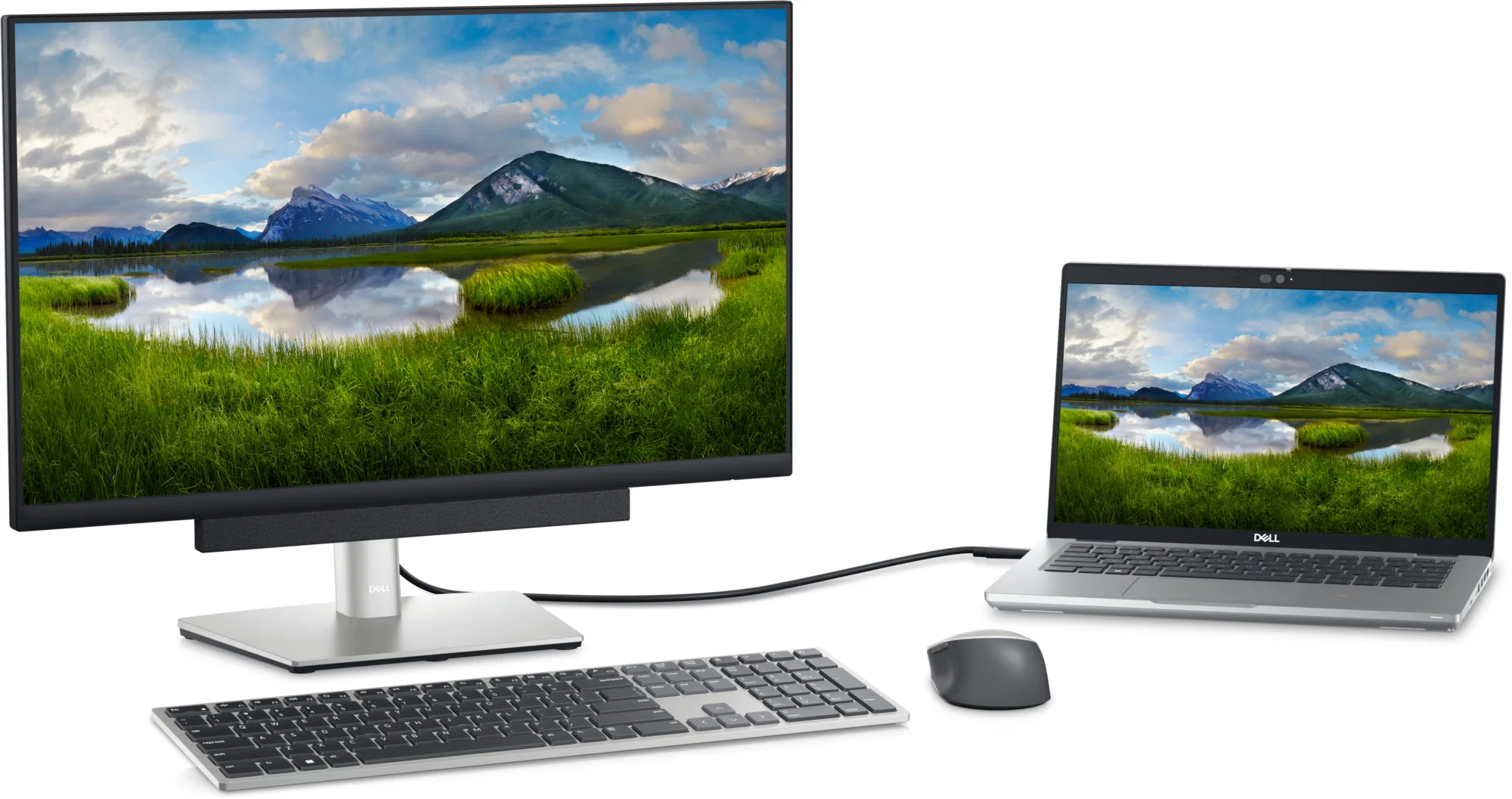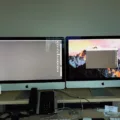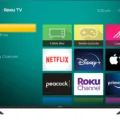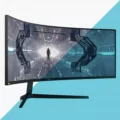When it comes to computer monitors, Dell is a well-known and respected brand in the industry. Their monitors are known for their high-quality display and durability. If you have recently purchased a Dell monitor and are looking to connect it to your laptop using HDMI, this article will provide you with step-by-step instructions to help you get started.
Step 1: Check your laptop’s ports
Before getting started with the connection process, it’s important to check whether your laptop has an HDMI port. This is where you will connect the HDMI cable from your Dell monitor. Most modern laptops come with an HDMI port, but if your laptop is an older model, it may not have one. In this case, you can purchase an HDMI adapter that fits into one of your laptop’s USB ports.
Step 2: Turn off your laptop and Dell monitor
Once you have confirmed that your laptop has an HDMI port, the next step is to turn off both your laptop and Dell monitor. This will prevent any damage to either device during the connection process.
Step 3: Connect the HDMI cable to your laptop and Dell monitor
Take the HDMI cable and connect one end to your Dell monitor’s HDMI port. Then, take the other end of the HDMI cable and connect it to your laptop’s HDMI port. Make sure the cable is securely plugged in on both ends.
Step 4: Turn on your laptop and Dell monitor
After connecting the HDMI cable, turn on your Dell monitor and select the HDMI input source using the monitor’s menu button. Then, turn on your laptop. Your laptop should automatically detect the Dell monitor and configure the display settings accordingly.
Step 5: Adjust the display settings on your laptop
Once your laptop has detected the Dell monitor, you may need to adjust the display settings to ensure that the resolution and aspect ratio are correct. To do this, go to your laptop’s display settings and select the Dell monitor as the primary display. From there, you can adjust the resolution and aspect ratio to your liking.
Step 6: Enjoy your Dell monitor
Congratulations, you have successfully connected your Dell monitor to your laptop using HDMI! You can now enjoy the high-quality display and performance that comes with a Dell monitor.
Connecting a Dell monitor to your laptop using HDMI is a straightforward process that can greatly enhance your computing experience. By following the steps outlined in this article, you can easily and safely connect your Dell monitor to your laptop and enjoy all the benefits that come with it.

Connecting Dell Monitors to a Laptop
To connect your Dell monitor to your laptop, you need to follow these steps:
1. Connect the power cable of the monitor to the wall outlet and to the monitor itself.
2. Connect one end of the video cable (HDMI, VGA, or DVI) to the monitor, and the other end to your laptop.
3. Turn on your laptop and the monitor.
4. Select the correct video source on the monitor. You can do this by pressing the input button on the monitor and selecting the correct source (HDMI, VGA, or DVI).
5. Your laptop should automatically detect the monitor and configure the display settings accordingly. If it doesn’t, you may need to adjust the settings manually in your computer’s display settings.
6. Once the monitor is connected and configured, you can use it as an extended display or as a duplicate display, depending on your preference.
Troubleshooting Dell Monitor HDMI Connection Issues
There could be several reasons why your Dell monitor is not connecting via HDMI. Some of the most common causes are as follows:
1. Loose or damaged HDMI cable: Ensure that the HDMI cable is properly connected to both the monitor and the computer and that there are no visible signs of damage or wear and tear on the cable.
2. Incorrect input source: Check that you have selected the correct input source on your monitor. Most Dell monitors have a dedicated button (usually labeled as “Input” or “Source”) that allows you to switch between different input sources.
3. Outdated or incompatible graphics driver: Ensure that your computer’s graphics driver is up-to-date and compatible with your monitor. You can usually download the latest driver from the manufacturer’s website.
4. Faulty HDMI port: Try connecting the monitor to a different HDMI port on your computer. If the issue persists, it may indicate a faulty HDMI port on either the monitor or the computer.
5. Monitor settings: Check that the monitor’s settings are configured correctly. You can usually access the monitor’s settings menu by pressing the menu button on the monitor and navigating through the options using the arrow keys.
If none of these solutions work, it may be worth contacting Dell’s customer support for further assistance.
Switching a Dell Monitor to HDMI
To switch your Dell monitor to HDMI, follow the steps outlined below:
1. Check that your monitor has an HDMI port. This will be a rectangular port with a slightly tapered top and bottom.
2. Locate the HDMI cable that came with your monitor or obtain one that is compatible with your monitor.
3. Connect one end of the HDMI cable to the HDMI port on the back of your monitor.
4. Connect the other end of the HDMI cable to the HDMI port on your computer or other device.
5. Turn on the display device and then select its setup menu. This can usually be done by pressing the menu button on the monitor or the remote control for the TV.
6. Use the setup menu to select the connected HDMI port as both the audio and video input channels for the device.
7. Save the settings and then exit from the setup menu.
Your Dell monitor should now be switched to the HDMI input and be ready to use. If you encounter any issues, refer to your monitor’s user manual or contact Dell customer support for further assistance.
Conclusion
The Dell Monitor is a high-quality display device that offers a wide range of features and benefits for users. With its sleek design, advanced technology, and excellent performance, this monitor is an ideal choice for anyone looking to enhance their computing experience. Whether you are a gamer, designer, or business professional, the Dell Monitor has everything you need to get the job done efficiently and effectively. From its crystal-clear display to its intuitive controls and customizable settings, this monitor is truly a must-have for anyone in need of a reliable and versatile display device. So, if you are looking for a top-of-the-line monitor that delivers outstanding performance and value, look no further than the Dell Monitor.








